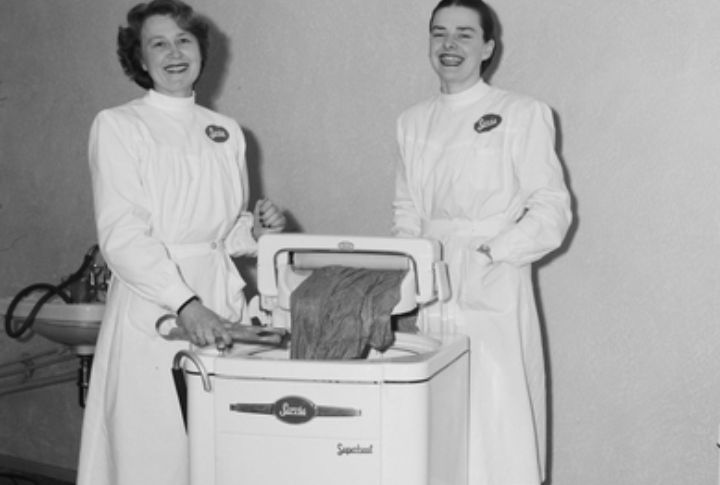
Some of the most “modern” appliances in your home have been around longer than sliced bread. Their designs may have changed, but the core ideas behind them stretch deep into history. A few of these will surprise you with just how far they go back. Keep reading to know more!
Vacuum Cleaner – 1901
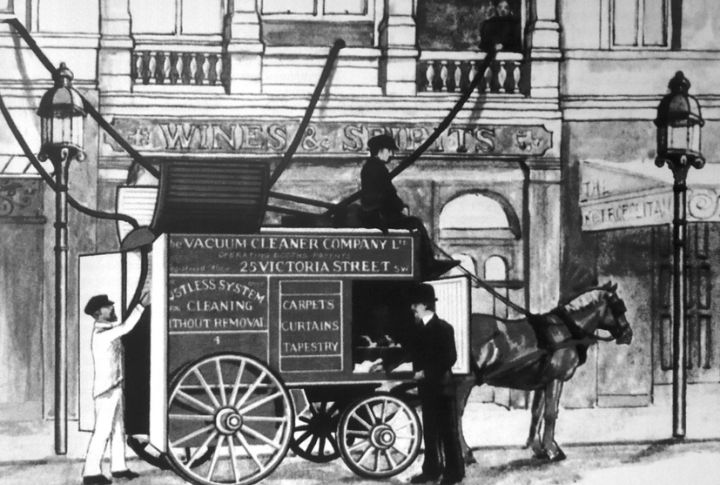
The first effective cleaning device was a massive, horse-drawn suction cleaner, introduced by Hubert Cecil Booth in 1901. Operating it required a team of two people. Six years later, James Murray Spangler achieved an essential breakthrough: developing the first portable electric vacuum. Eventually, they shifted the tech from being an industrial beast to a home appliance.
Washing Machine – 1907
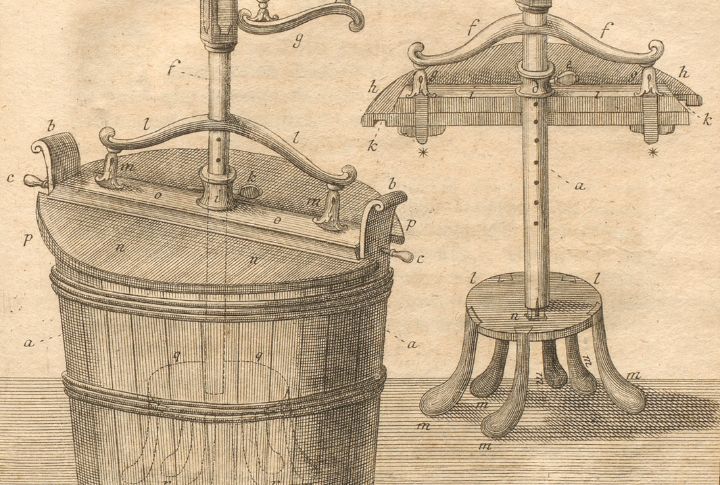
Automated laundry began with mechanical concepts, long before electricity entered the home. Jacob Christian Schaffer pioneered an early mechanical design as far back as 1767. This core idea eventually led to decades of hand-cranked tubs. Later, the Thor machine of 1908 became the first electric machine people used for washing clothes.
Electric Iron – 1882
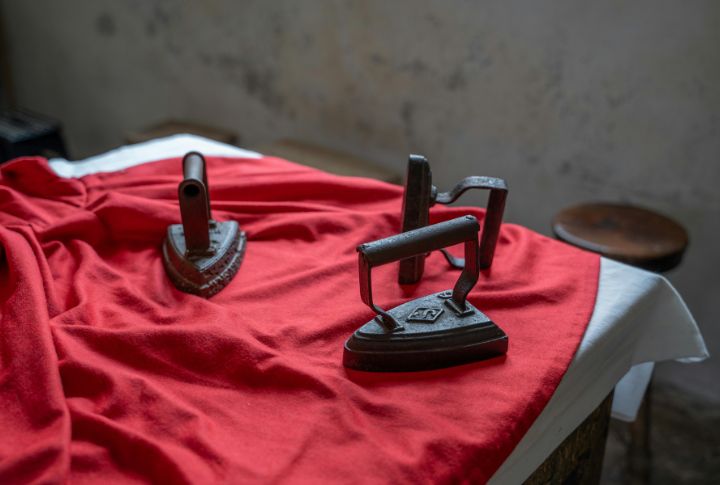
Ironing required constant, strenuous effort, as users repeatedly had to heat heavy metal irons on a stove. The arrival of electric irons in 1882 delivered unparalleled convenience through steady heat. However, a major issue persisted: early models lacked temperature controls, making the accidental scorching of garments a frequent occurrence.
Dishwasher – 1886
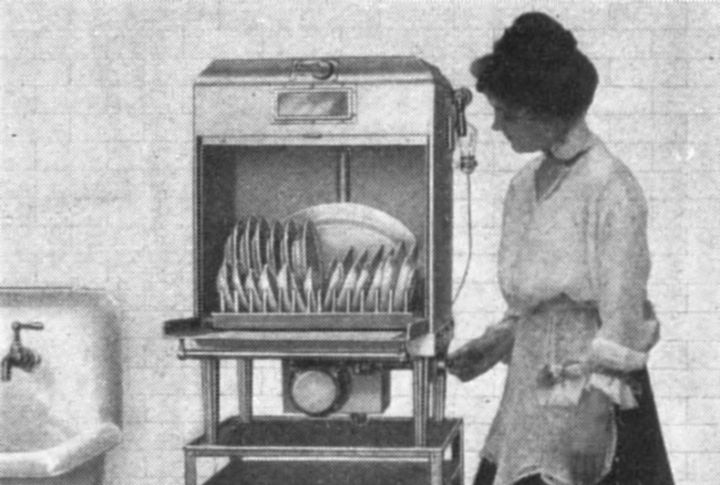
Josephine Cochrane invented her ingenious device in 1886, aiming to protect fragile dishes during cleaning. Her wooden cabinet design employed pressurized water jets to safely wash fine china. The framework, showcased at the 1893 World’s Fair, established the essential basis for modern rotating sprayers and drying systems in today’s dishwashers.
Refrigerator – 1834
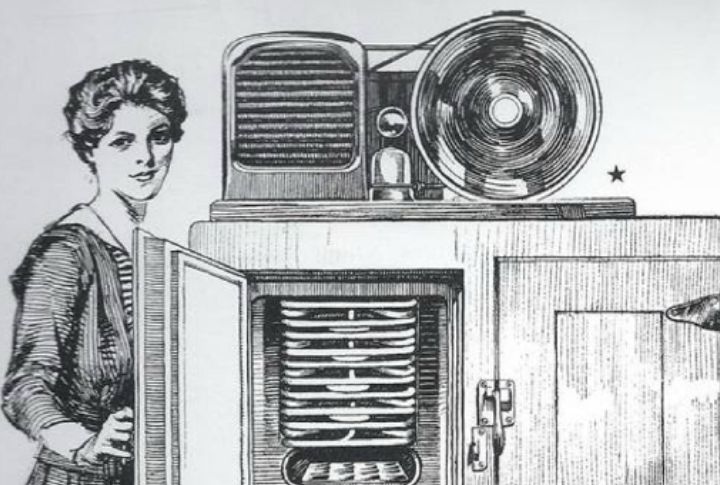
The foundation of modern refrigeration was set long before home iceboxes became widespread. In 1834, Jacob Perkins showcased his vapor-compression system and offered vital scientific insight. This breakthrough paved the way for Fred W. Wolf to introduce the first practical home electric refrigerator in 1913.
Toaster – 1909
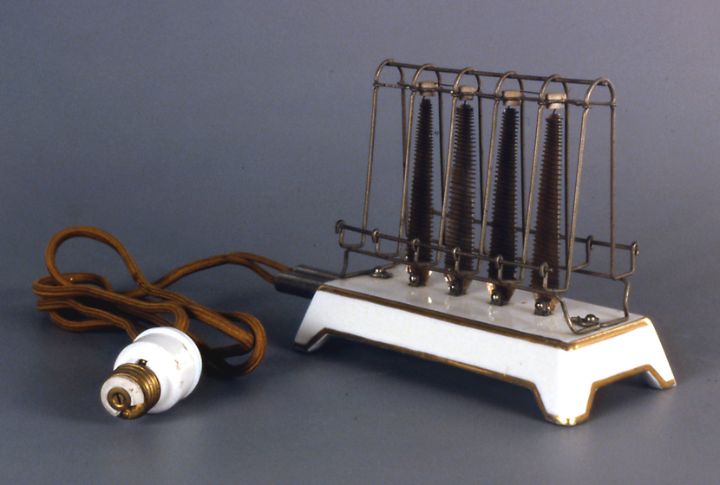
Humanity’s ancient tradition of toasting bread met the electrical age with America’s first electric toaster in 1909. General Electric’s Model D-12 proved the commercial potential. Charles Strite later refined the concept in 1919 and integrated the timer-equipped pop-up mechanism that finalized the design of this breakfast essential.
Microwave Oven – 1945
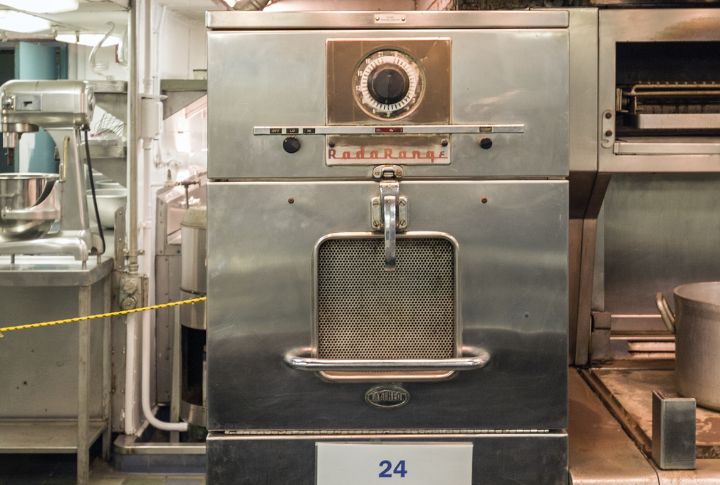
The capacity of electromagnetic waves to rapidly heat food fundamentally changed cooking. But not many know that this principle entered the kitchen following a fortunate accident in 1945, when Percy Spencer, a radar researcher, discovered the culinary potential. Though early units were massive, the innovation ultimately became one of the most helpful appliances in the kitchen.
Paper Coffee Filter – 1865
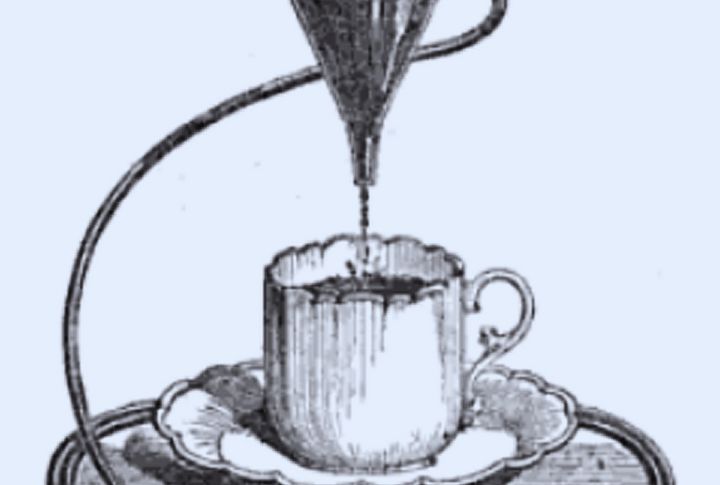
Before contemporary devices, coffee brewing was often a messy procedure that left sediment in the cup. Early systems, such as the 1780 Mr. Biggin brewer, relied on cloth filters that usually failed. Melitta Bentz finally resolved the long-standing issue in 1908 and became the first ever to patent a household innovation.
Hair Dryer – 1920
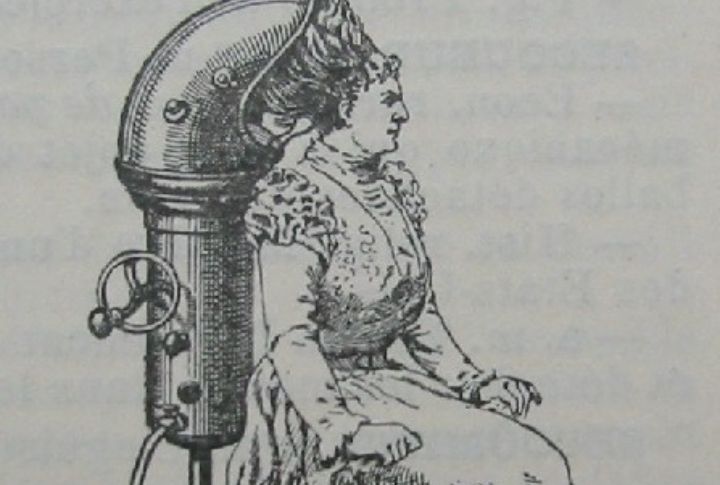
The hair dryer began life as Alexandre Godefroy’s massive 1890 salon apparatus, forcing clients to remain seated. The machine underwent a dramatic transformation. By 1920, the technology was condensed into the first portable handheld devices, granting individuals the freedom to style their own hair at home.
Blender – 1922

It’s surprising that the high-powered blender, capable of pureeing hot soup, started so simply. The appliance’s 1922 debut centered primarily on whipping up milkshakes and malts. Today’s versions offer strength sufficient to crush ice, create perfect frozen drinks, and revolutionize almost every kind of food preparation.
Electric Fan – 1882
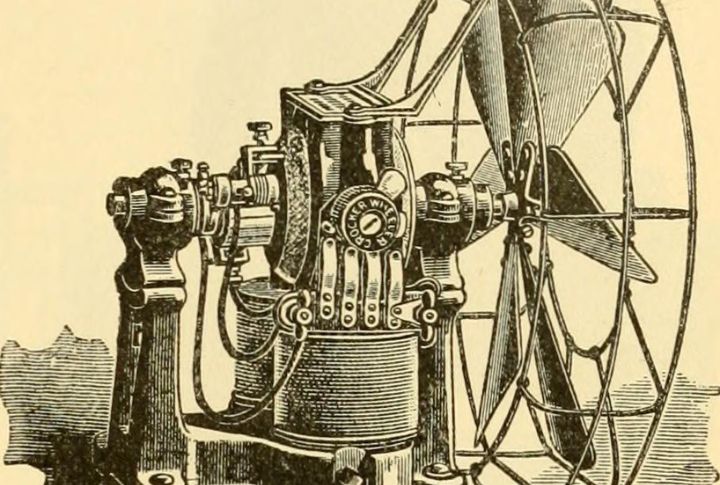
In an era constantly struggling to cool rooms, the 1882 introduction of the electric fan provided a revolutionary solution for circulating air. While modern designs now feature safer, innovative bladeless technology, early versions presented a hazard due to their exposed blades. Nonetheless, their critical role in providing comfort made them invaluable.
Pressure Cooker – 1679
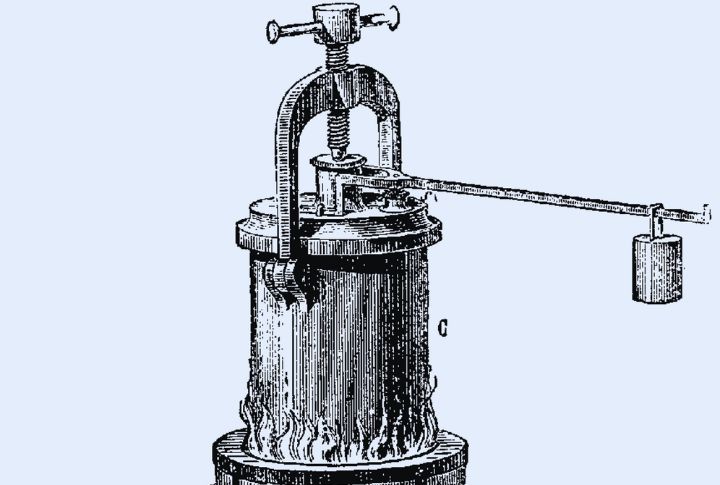
The history of the pressure cooker dates back to 1679. French inventor Denis Papin developed his “steam digester.” His pioneering design utilized steam pressure to accelerate cooking times dramatically. These powerful principles remain unchanged and have made the pressure cooker one of the oldest and most enduring cooking appliances.
Sewing Machine – 1846
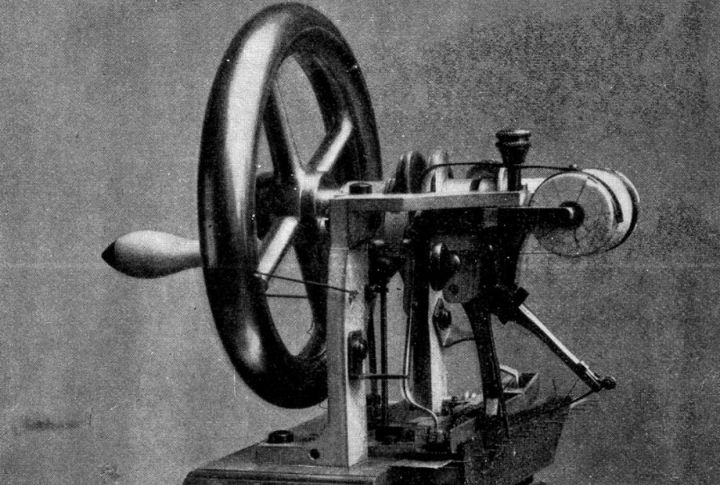
The entire modern garment industry emerged thanks to this singular invention. Barthelemy Thimonnier made the first practical sewing machine in 1829. Subsequently, Elias Howe’s 1846 patent refined the design, fundamentally turning production through efficient foot- and hand-powered mechanisms for mass clothing manufacturing.
Electric Kettle – 1891
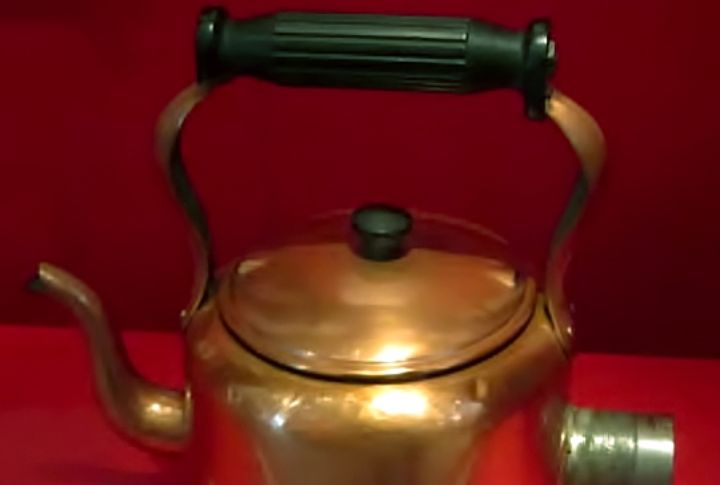
Prior to its invention, heating water required considerable time and effort. The electric kettle provided a breakthrough in 1891 and simplified the task instantly. Initial models had exposed heating elements that caused safety concerns, but these days we literally have versions with incorporated precise temperature controls for brewing various beverages.
Food Processor – 1960
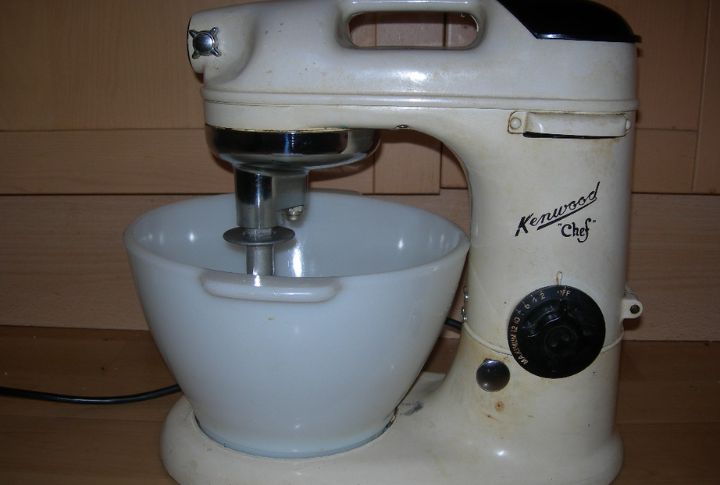
Home cooks used to spend countless hours manually chopping, slicing, and grating ingredients. Pierre Verdon’s 1960 Robot-Coupe was initially made for commercial use, but its efficiency quickly inspired household appliances, like the 1973 Cuisinart. This new one could automate key parts of meal preparation.
Ice Maker – 1920
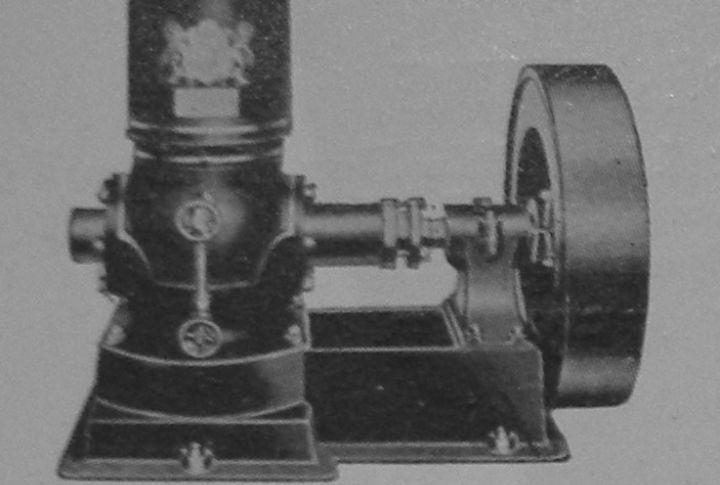
The pursuit of mechanically produced ice began with early refrigeration studies in 1805, which led to John Gorrie’s significant ice machine patent in 1851. Commercial establishments were the first to adopt the technology in the 1920s. Eventually, this utility became a standard built-in feature in home refrigerators by the mid-20th century.
Central Heating – Ancient Rome (~100 BCE)

Centralized indoor heating is hardly a recent luxury; its underlying invention dates back to 100 BCE. The Romans engineered the amazing hypocaust system, a clever network that ran hot air beneath floors and through walls. The innovation efficiently warmed their public spaces and large homes two millennia ago.
Air Conditioner – 1902
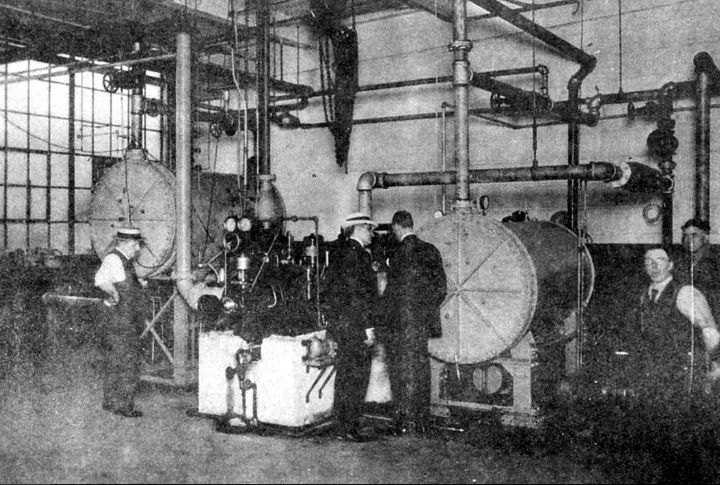
Air conditioning is fairly recent, though. Willis Carrier invented AC in 1902 to control humidity inside a printing plant. The first AC units were massive, confined to commercial buildings because of their build and use case. Eventually, through a long journey of modifications, we now have customized, comfortable cooling in homes everywhere.
Water Heater – 1868
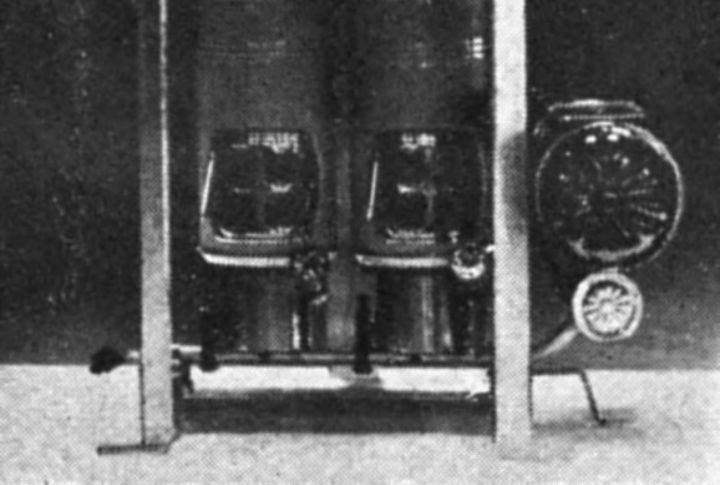
The evolution of water heating reflects changing fuel sources over time. The first tankless water heater appeared in 1868, initially relying on gas and coal to power residential systems. Today, the focus has shifted, with solar water heaters converting the sun’s abundant energy into a clean, sustainable source of household warmth.
Clothes Dryer – 1915
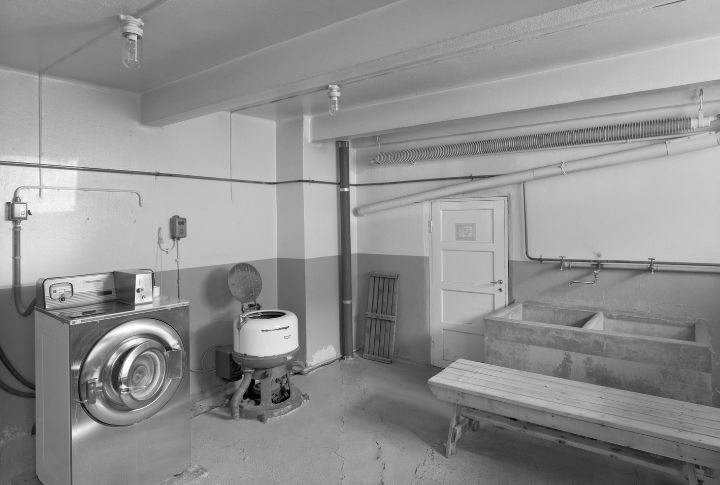
Today’s dryers automatically sense moisture and shut off when clothes are dry. The level of sophistication is a huge leap from 1915, the year electric clothes dryers first appeared. These early machines simply tumbled clothes, but they were revolutionary for offering an indoor alternative to the traditional, weather-dependent clothesline.

